

— Blogs —
—Products—
 Consumer hotline +8618073152920
Consumer hotline +8618073152920 WhatsApp:+8615367865107
Address:Room 102, District D, Houhu Industrial Park, Yuelu District, Changsha City, Hunan Province, China
Product knowledge
Time:2024-11-02 16:14:00 Popularity:2816
Weather elements are physical quantities that describe the state of the atmosphere and weather phenomena, and they are the basis of meteorological research and weather forecasting. The following is a detailed introduction to the major weather elements and their instruments:
 |  |  |  |  |
| Anemometer Wind Speed sensor | Wind direction sensor | Tipping bucket rain gauge sensor | Tipping bucket rain gauge sensor | Piezoelectric Rain Gauge |
 |  |  |  |  |
| Atmospheric Temperature Humidity air pressure Sensor | ultrasonic wind speed and direction sensor | 5 in1 Ultrasonic Weather Station Sensor | All-in-One Weather Station | 7 in1 Ultrasonic Weather Station Sensor |
 |  |  |  |  |
| Solar Radiation Sensor | Solar Radiation Sensor | Photosynthetically Active Radiation Sensor; | illumination sensor | Ultrasonic Snow Depth Sensor |
 |  |  |  |  |
| Noise measurement sensor | Carbon dioxide(CO2) sensor | PM2.5 and PM10 sensors | Visibility sensors | Soil Moisture Temperature sensor |
- Instruments: Thermometers (including ordinary thermometers, high and low thermometers and electronic thermometers), temperature sensors (e.g. thermocouples and thermistors) in automatic weather stations.
- Description: Temperature is the heat of the air, usually expressed in degrees Celsius (°C) or Fahrenheit (°F).
- Characteristics: Electronic thermometers are fast responding, highly accurate, and suitable for a variety of environments.
- Function: Continuously monitor and record temperature changes.
- Scenarios: Weather stations, laboratories, agricultural greenhouses, homes, etc.
- Value: Ensure environmental safety and optimize production conditions.
- Price: from tens of dollars to thousands of dollars, depending on precision and function.
- Installation and Commissioning: Simple, usually only need to be fixed and calibrated.
- Instruments: dry and wet bulb thermometer, electronic hygrometer, hair hygrometer, resistive humidity sensor or capacitive humidity sensor.
- Description: Humidity is the amount of water vapor in the air, usually expressed as relative humidity (%).
- Features: Electronic hygrometer with high sensitivity and real-time display.
- Function: Provides readings of relative and sometimes absolute humidity.
- Scenario: Climate control rooms, museums, residential humidity management.
- Value: Protect items from too much or too little humidity.
- Price: Cheap for domestic grade, expensive for professional grade.
- Installation and commissioning: need to be calibrated according to the environment and avoid direct sunlight.
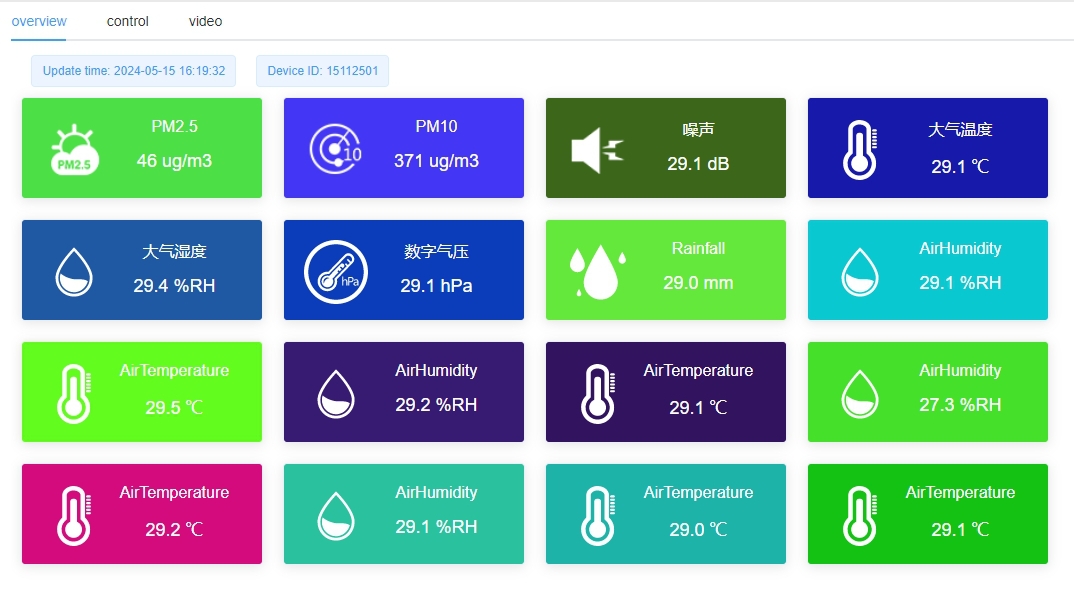
- Instruments: mercury barometer, pneumatic barometer, electronic barometer, air pressure sensor.
- Description: Barometric pressure is the pressure of the atmosphere on a unit area, usually expressed in hectopascal (hPa) or millibar (mb).
- Characteristics: Electronic barometers are low maintenance and have a wide measuring range.
- Function: Predicting weather changes, for altimeter calibration.
- Scenario: Weather observation, aviation, mountaineering.
- Value: Improve weather forecasting accuracy and safety.
- Price: from a few hundred dollars to tens of thousands of dollars, based on accuracy and complexity.
- Installation and commissioning: Regular calibration is required to ensure accurate readings.
- Instruments: anemometer, wind direction meter, wind speed sensor, wind direction sensor, wind energy anemometer.
- Description: Wind is the horizontal motion of the atmosphere. Wind speed is the distance the air moves per unit time, usually expressed in meters per second (m/s) or knots (kt); wind direction is the direction in which the wind blows.
- Features: ultrasonic anemometer has no moving parts, more durable.
- Function: Real-time monitoring of wind speed and direction.
- Scenario: Offshore platforms, airports, wind power generation.
- Value: Critical to safe operation, optimize wind energy utilization.
- Price: Thousands to hundreds of thousands, depending on performance and durability.
- Installation and commissioning: need to consider the wind vane alignment and avoid obstacle interference.
- Instruments: rain gauge (including tipping bucket rain sensor, siphon rain gauge, standard rain gauge), rain gauge.
- Description: Precipitation is the depth of water that falls to the ground in a certain period of time, usually expressed in millimeters (mm).
- Features: automatic rain gauge can transmit data remotely.
- Function: Precise measurement of precipitation.
- Scenario: hydrological monitoring, agricultural irrigation planning.
- Value: water resource management, disaster warning.
- Price: from a few hundred dollars to tens of thousands of dollars, depending on the degree of automation.
- Installation and commissioning: Ensure horizontal installation and avoid interference from leaves and other trees.
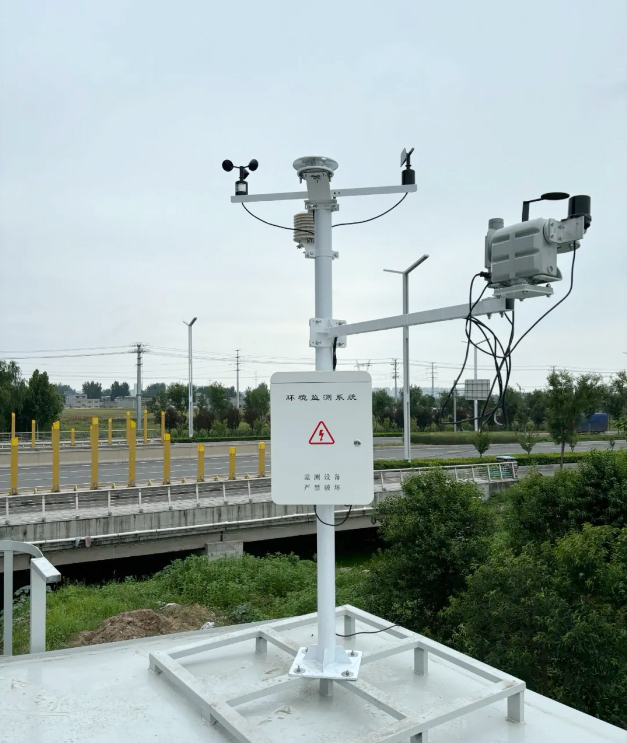
- Instrument: Radiometer (including gross radiation meter, net radiation meter, solar radiation sensor, direct radiation sensor).
- Description: Radiation refers to the intensity of solar radiation or ground radiation.
- Characteristics: High sensitivity and rapid response.
- Function: Monitor the intensity and distribution of solar radiation.
- Scenario: meteorological research, solar power generation.
- Value: Optimize solar energy use, research on climate change.
- Price: several thousand to tens of thousands, high technical requirements.
- Installation and commissioning: need to be accurately aligned to avoid shading.
- Instruments: cloud gauges (laser cloud altimeter, radio sounders), visibility gauges (transmission visibility gauges, scattering visibility gauges, visibility sensors).
- Description: Cloudiness is the degree to which the sky is obscured by clouds, usually expressed in octants; visibility is the maximum distance in a horizontal direction at which a target of a certain size can be clearly identified, usually expressed in kilometers (km).
- Characteristics: High degree of automation, all-weather operation.
- Function: Monitor cloud changes and atmospheric transparency.
- Scenario: Airports, weather stations.
- Value: flight safety, weather forecasting.
- Price: Higher, due to complex technology.
- Installation and commissioning: Professionals are required to ensure that there is no obstruction.
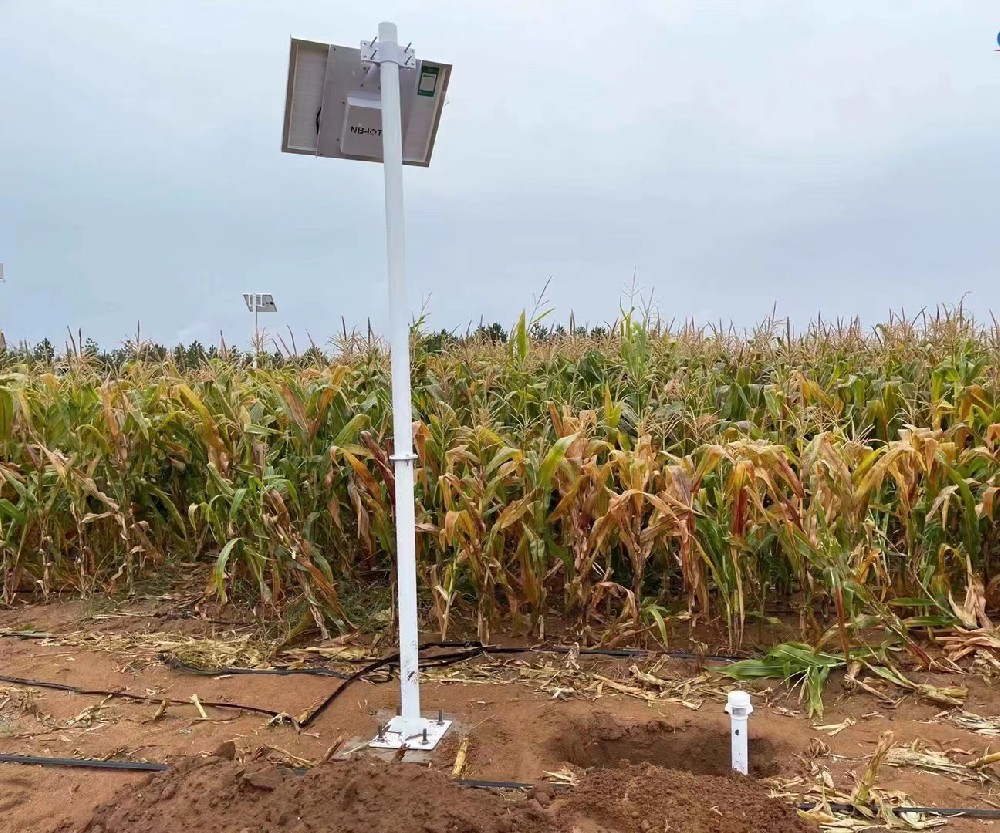
- Instruments: soil temperature sensor, soil moisture sensor.
- Description: Soil temperature refers to the temperature of the soil; soil moisture refers to the moisture content in the soil.
- Characteristics: Sensors are usually buried in the soil for long-term monitoring.
- Function: Provides continuous data on soil temperature and humidity.
- Scenario: Agriculture, environmental monitoring.
- Value: Optimize irrigation and fertilization schedules to improve crop yields.
- Price: Ranges from tens of dollars to hundreds of dollars.
- Installation and commissioning: need to be buried properly to avoid interference.
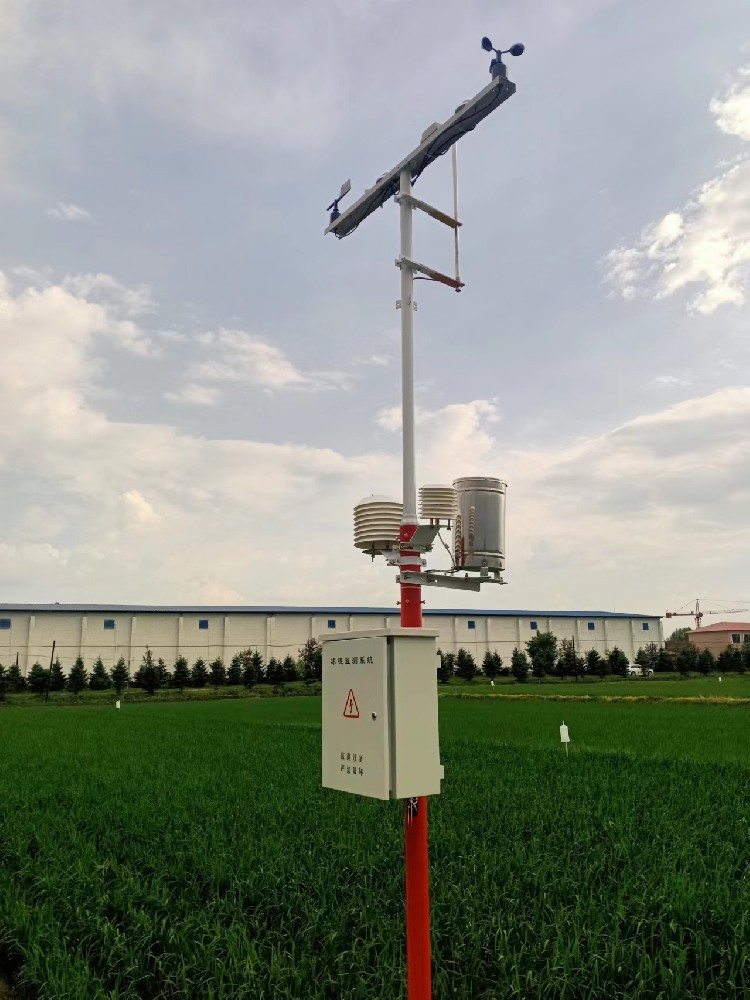
- Instrument: Carbon dioxide monitor, ozone meter.
- Description: Monitor the concentration of specific gases in the atmosphere.
- Characteristics: High precision, suitable for scientific research.
- Function: Provide real-time data of atmospheric composition.
- Scenario: Environmental protection, meteorological research.
- Value: study of atmospheric chemical processes, monitoring of air quality.
- Price: from a few thousand dollars to hundreds of thousands of dollars.
- Installation and commissioning: professional personnel are required for calibration and maintenance.
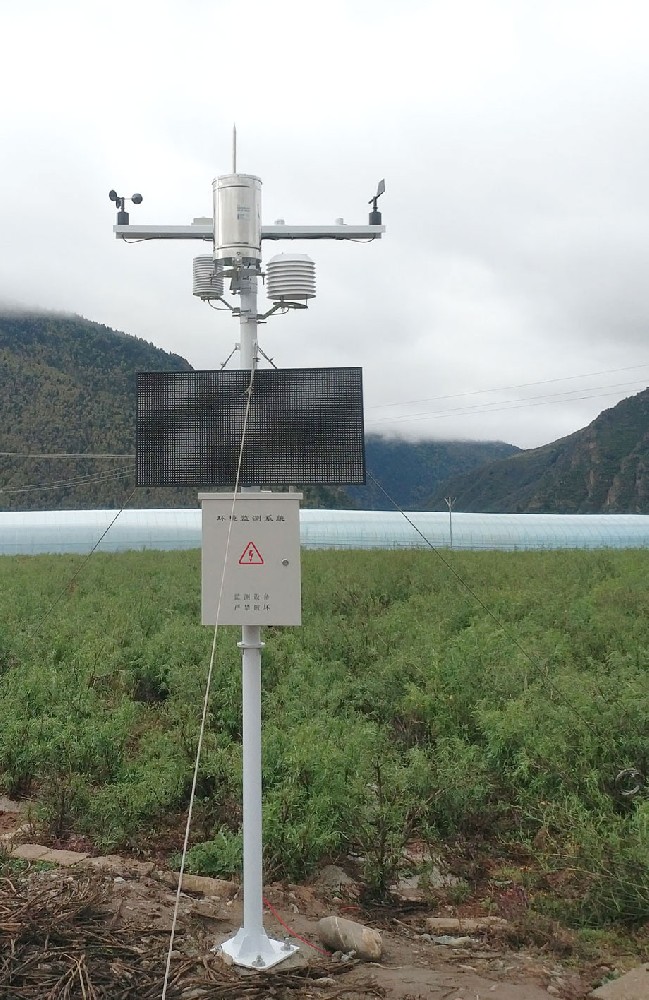
- Instrument: insolation meter (including Camp method insolation meter, Jolly insolation meter).
- Description: Insolation is the time during which the direct rays of the sun reach the ground, usually expressed in hours.
- Characteristics: Automatic recording, suitable for long time monitoring.
- Function: Provides daily and cumulative sunshine time.
- Scenario: Agricultural and meteorological research.
- Value: Influences plant growth and energy utilization.
- Price: Ranges from a few hundred to several thousand dollars.
- Installation and commissioning: need to ensure that there is no shade and regular cleaning.
- Instrument: evaporation dish.
- Description: Evaporation is the amount of water evaporated from the surface of a body of water to the atmosphere within a certain period of time, usually expressed in millimeters (mm).
- Characteristics: simple to use, suitable for field monitoring.
- Function: Provide evaporation rate data.
- Scenario: Agriculture, hydrological monitoring.
- Value: Optimize water resource management.
- Price: from tens to hundreds of dollars.
- Installation and commissioning: need to keep the water level to avoid pollution.
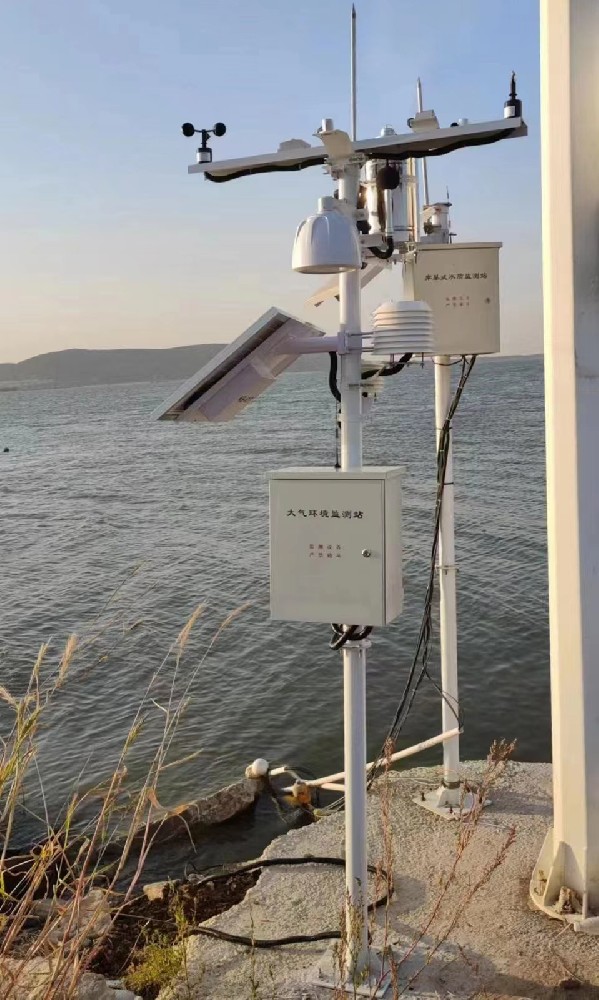
Environmental monitoring instruments in the field of agriculture are widely used, the following are some of the main application examples:
- Soil moisture sensor: used to monitor the soil moisture content, to help farmers rationalize the arrangement of irrigation.
- Soil pH Sensor: Used to measure soil acidity and alkalinity and guide fertilizer application.
- Soil Nutrient Analyzer: to monitor the nutrient content of soil such as nitrogen, phosphorus and potassium, and optimize the fertilizer application plan.
- Temperature Sensor: Monitor temperature changes, provide data support for crop growth cycle and pest control.
- Humidity Sensor: monitors air humidity, which affects crop transpiration and water demand.
- Wind Speed and Direction Sensor: Provides information on wind, which is important for crop layout and windbreak construction.
- Rain gauge: monitors precipitation, which is important for irrigation management and flood prevention and mitigation.
- Leaf area index meter: monitoring crop leaf area and assessing crop growth.
- Crop growth monitor: monitoring crop growth and predicting yield through remote sensing technology.
Pest and Disease Monitoring
- Pest and disease monitor: monitor pests and germs, and take timely measures to prevent and control them.
- Water quality analyzer: monitor the water quality of irrigation water to ensure the water quality conditions required for crop growth.
Impact of meteorological elements on daily life
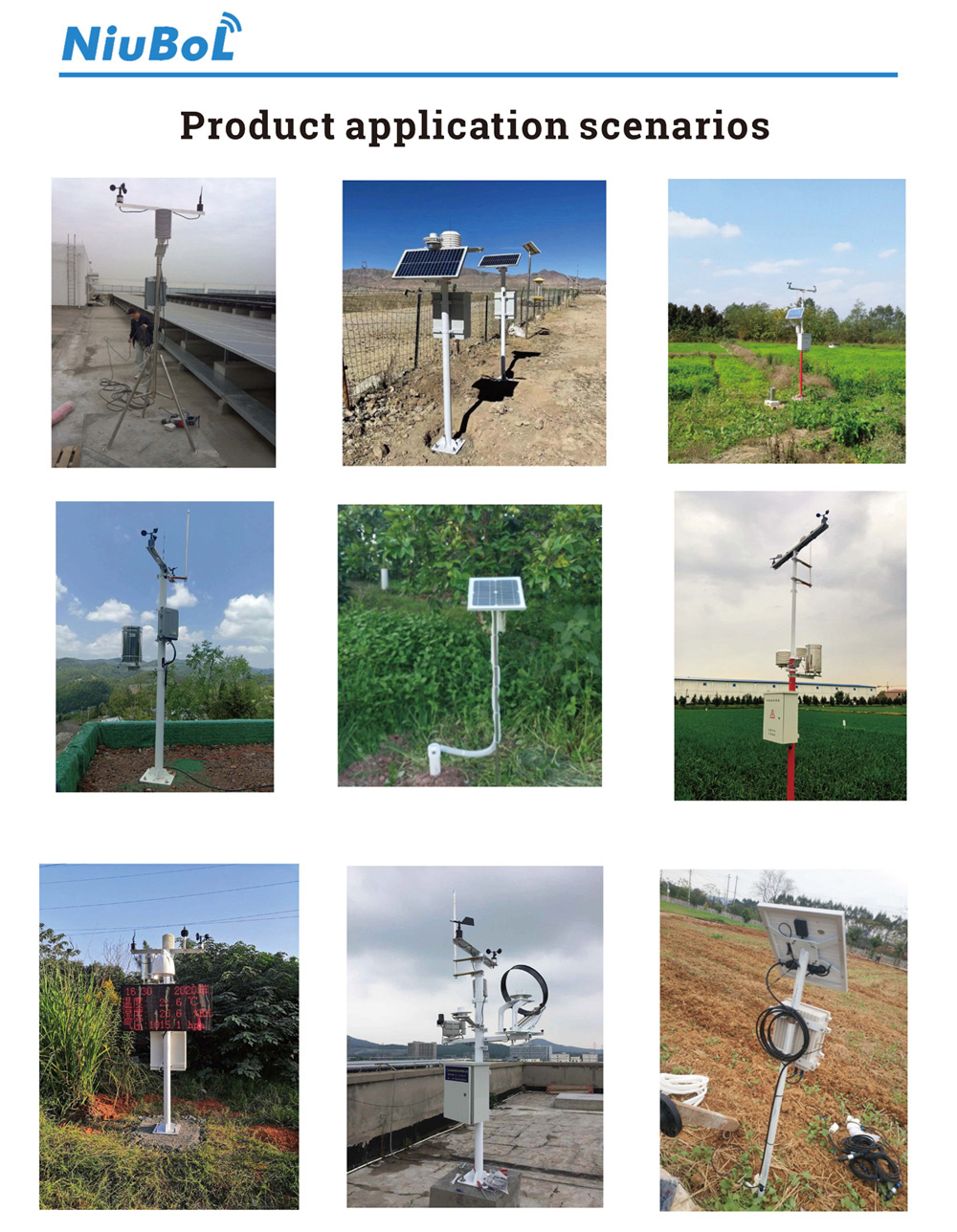
- Influence on clothing: Changes in temperature affect people's choice of clothing.
- Health effects: Extreme high or low temperatures may cause pyrexia or frostbite.
- Energy consumption: Temperature affects the use of heating and air conditioning, which in turn affects energy consumption.
- Comfort: High humidity can be stifling and low humidity can lead to dry skin.
- Health effects: High or low humidity may cause respiratory problems.
- Health Effects: Changes in barometric pressure may cause headaches or other discomfort in some people.
- Weather forecasting: Barometric pressure changes are an important reference for weather forecasting.
- Wear impact: Wind direction and speed affect people's comfort when traveling.
- Safety: Strong winds may cause safety hazards such as falling trees and difficulties in working at height.
- Travel Impact: Rainfall affects transportation and may cause travel inconvenience.
- Agriculture: Precipitation directly affects agricultural production and crop growth.
- Biological Clock: Changes in sunlight affect the human biological clock and the quality of sleep.
- Energy: sunshine hours are important for solar power generation.
By monitoring and understanding weather elements, people can better adapt to environmental changes and rationalize their daily lives and work.
Related recommendations
Sensors & Weather Stations Catalog
Agriculture Sensors and Weather Stations Catalog-NiuBoL.pdf
Weather Stations Catalog-NiuBoL.pdf
Related products
 Combined air temperature and relative humidity sensor
Combined air temperature and relative humidity sensor Soil Moisture Temperature sensor for irrigation
Soil Moisture Temperature sensor for irrigation Soil pH sensor RS485 soil Testing instrument soil ph meter for agriculture
Soil pH sensor RS485 soil Testing instrument soil ph meter for agriculture Wind Speed sensor Output Modbus/RS485/Analog/0-5V/4-20mA
Wind Speed sensor Output Modbus/RS485/Analog/0-5V/4-20mA Tipping bucket rain gauge for weather monitoring auto rainfall sensor RS485/Outdoor/stainless steel
Tipping bucket rain gauge for weather monitoring auto rainfall sensor RS485/Outdoor/stainless steel Pyranometer Solar Radiation Sensor 4-20mA/RS485
Pyranometer Solar Radiation Sensor 4-20mA/RS485
Screenshot, WhatsApp to identify the QR code
WhatsApp number:+8615367865107
(Click on WhatsApp to copy and add friends)